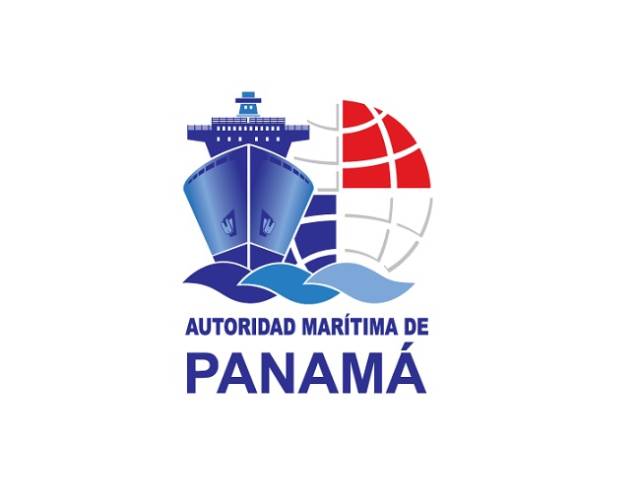Panama has approved a new toll structure for ships using the waterway. The new structure will be phased in beginning in 2023.
The new structure, recommended by the Panama Canal Board of Directors following a formal consultation and public hearing process, was approved this month by the Cabinet Council of the Republic of Panama. The Panama Canal Authority said the new structure will “assume a simplified, value-based pricing structure, reducing the number of tariffs from 430 to fewer than 60.”
“The proposal aims to strengthen the tolls structure in a way that is consistent with the value provided by the Canal transit service while providing greater visibility and predictability to customers,” said Panama Canal Administrator Ricaurte Vásquez Morales.
The tolls proposal, issued on April 1st, 2022, went through a formal consultation period with comments and opinions submitted in writing from 17 interested parties. A public hearing held in Panama on May 20, 2022, included the participation of 7 parties representing local and international customers.
The toll structure recommended the following key adjustments, among others:
- Replacement of toll bands with fixed and capacity tariffs: The Panama Canal is eliminating toll bands and introducing simplified tariffs according to the locks used, as well as the vessel type and size category. Tolls will be determined by two components:
- A fixed tariff per transit, according to the locks used and the vessel size category (Regulars, Supers, and Neopanamax), that will remain in place until year 2025. For some types and sizes of vessels, these categories are further divided to avoid exceeding the value the Canal provides to customers.
- A capacity tariff per vessel types and size category, addressing the value of the service provided by the Canal.
- Replacement of tariffs for vessels in ballast: The Panama Canal is reducing complex tariffs for vessels in ballast that are not consistent with the value provided to customers. Under the proposal, vessels transiting in ballast will pay a percent of the regular laden toll, independent of the market segment, and the special return trip tariffs for container and liquefied natural gas (LNG) vessels will be phased out.
- For all market segments except for containerships, tolls will be calculated by applying 85% of the laden toll instead of the originally proposed 90%.
- Passenger vessels segment: The proposed tolls for the year 2023 will not be implemented, considering the challenges still being faced by the cruise industry. Instead, the new tolls will go into effect in January 2024 and January 2025 at the levels established in the original proposal for those years, providing the industry with a two-year advanced notice.
- Modifying the loyalty program: The loyalty program was created in 2016 to incentivize the migration to the Neopanamax locks. This was achieved as currently 55% of total tonnage transits through these locks. The Canal seeks to simplify the loyalty program for container vessels by reducing the number of categories from six to one. The plan is to have one loyalty level applicable to customers deploying more than 1.5 million TEU per year. The Canal will provide a grace period during which the simplified version of the loyalty program will remain in effect in 2023 and 2024. The program will be phased out by 2025.
- Containership segment: The charge for empty containers (TTE) will be reduced to $2/TEU in 2023, $4/TEU in 2024, and $6/TEU in 2025, instead of the $5, $6.50, and $8 that were initially proposed for each year, respectively.
All other tariffs will be implemented gradually from January 2023 to January 2025 at the originally proposed levels, including the proposed modifications to the loyalty program for containerships, which will be phased out by January 2025. Incentives for return voyages applicable to containerships and liquefied natural gas (LNG) vessels will be eliminated by January 2023 when the new structure comes into effect.
The visibility charge currently applied to full containerships, and classified as Other Marine Services, will be eliminated prior to the implementation of the new tolls to avoid an overlap with the Total TEU capacity (TTA) charge.
Source: gCaptain





